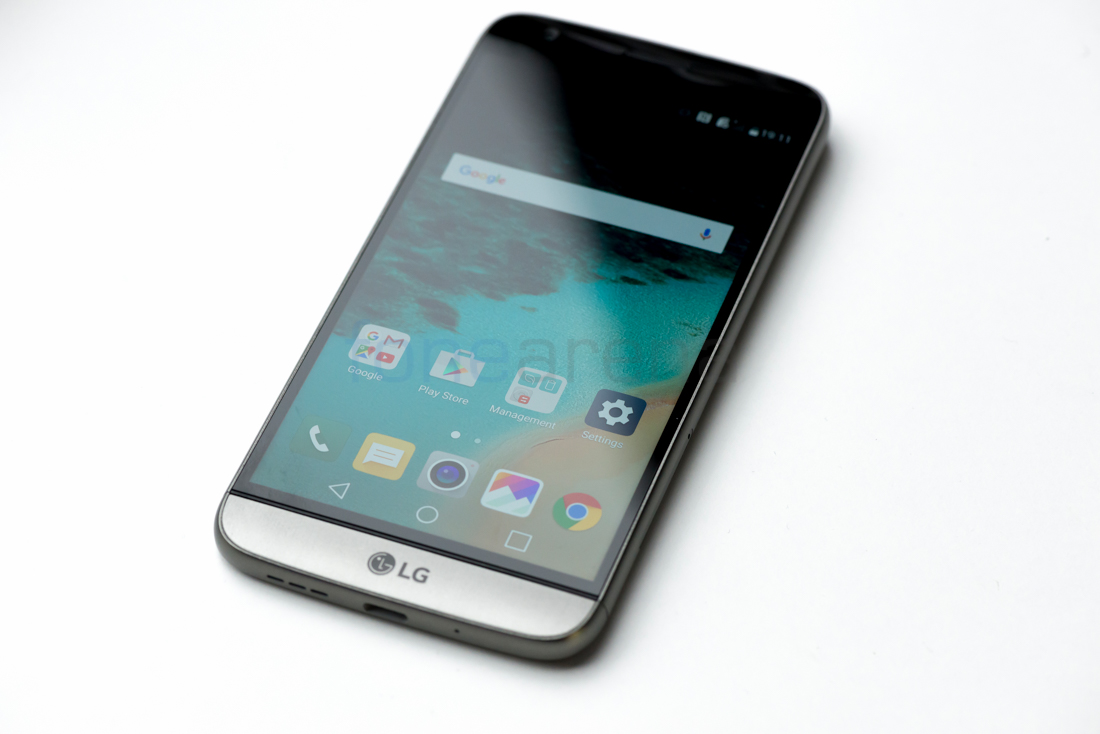LG G5 and Samsung Galaxy S7 were announced at the Mobile World Congress (MWC 2016). Both the flagships sport high-end specifications and most importantly support for expandable storage. However, both these devices are missing an important Android Marshmallow feature.
 Android Marshmallow 6.0 comes with “Adoptable Storage” feature which allows you to format a microSD card as internal storage. This essentially means that the internal storage and the SD card is seen as one single storage and there is no way to separate the two. Unfortunately, both LG and Samsung have decided to not support the adoptable storage on the G5 and Galaxy S7. Both the phones come with 32GB of built-in internal storage and while the Galaxy S7 can take micro SD cards up to 200GB, the G5 accepts up to a whopping 2TB.
Android Marshmallow 6.0 comes with “Adoptable Storage” feature which allows you to format a microSD card as internal storage. This essentially means that the internal storage and the SD card is seen as one single storage and there is no way to separate the two. Unfortunately, both LG and Samsung have decided to not support the adoptable storage on the G5 and Galaxy S7. Both the phones come with 32GB of built-in internal storage and while the Galaxy S7 can take micro SD cards up to 200GB, the G5 accepts up to a whopping 2TB.
Samsung decided not to use the Android Marshmallow “adoptable storage” model. We believe that our users want a microSD card to transfer files between their phone and other devices (laptop, tablet, etc), especially the photos and videos they shoot with the camera. With adoptable storage, first of all the card may be erased the first time it is inserted into the device. This behavior may be unexpected by many users and we don’t want our users to lose their files. Second, once Marshmallow starts using a card for adoptable storage, it cannot be read by other devices, so it loses this ability to be used for file transfer. Adoptable Storage is also primarily targeted towards emerging markets where devices with only 4-8GB of onboard storage are common. We think that our model of using microSD for mass storage is more in-line with our owner’s desires and expectations for how microSD should behave.
